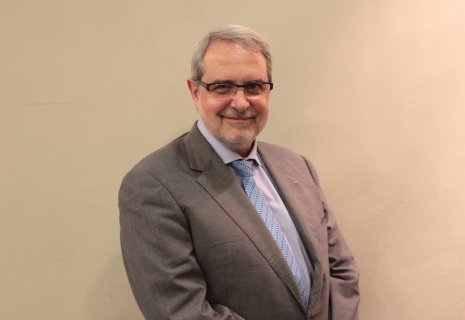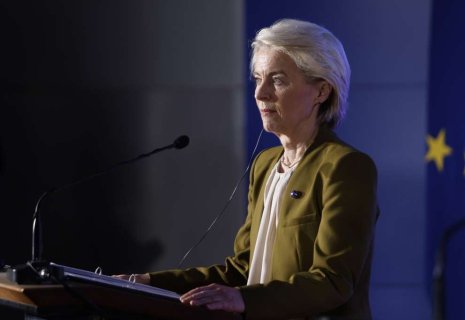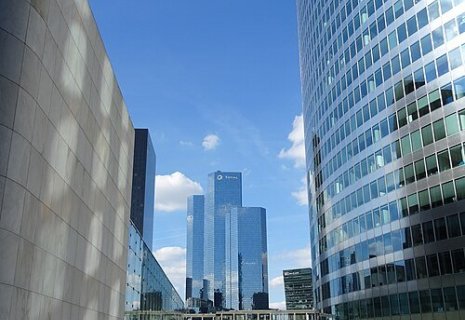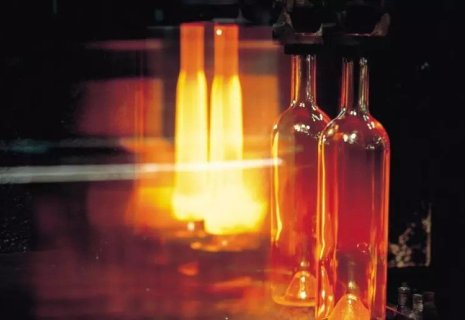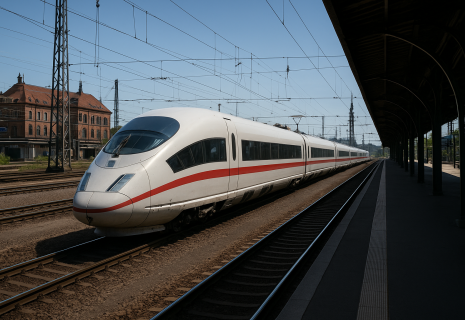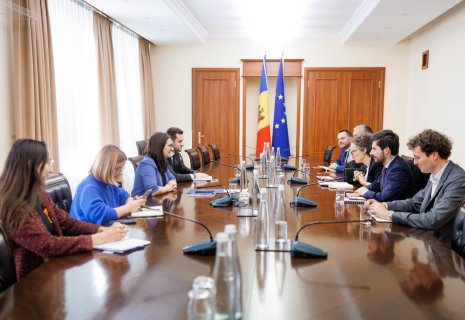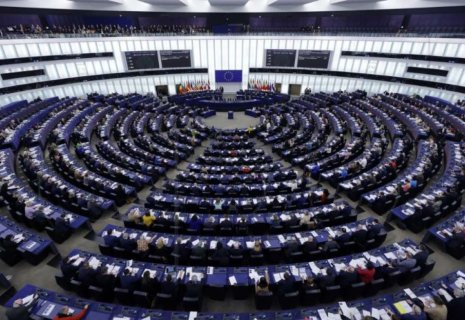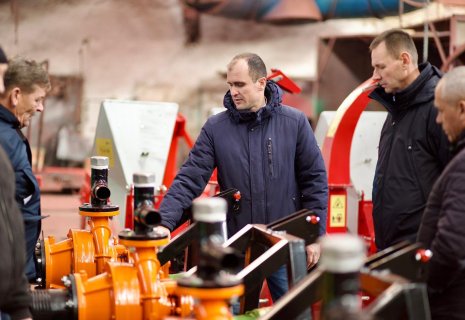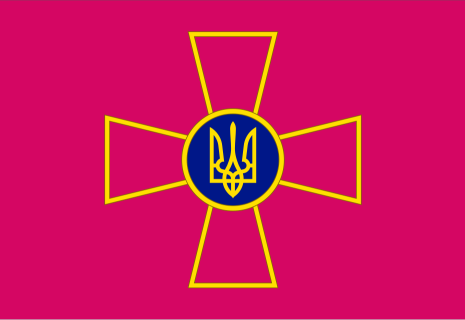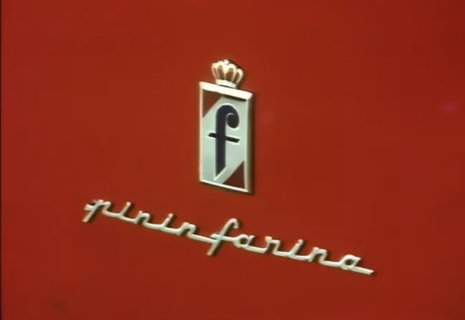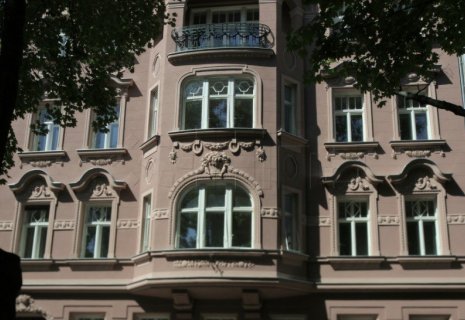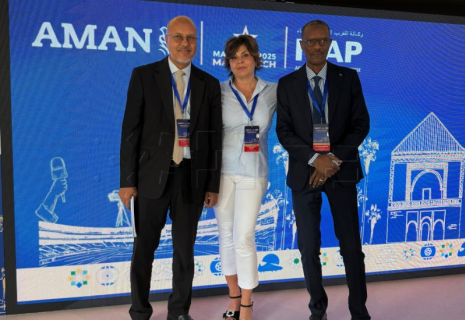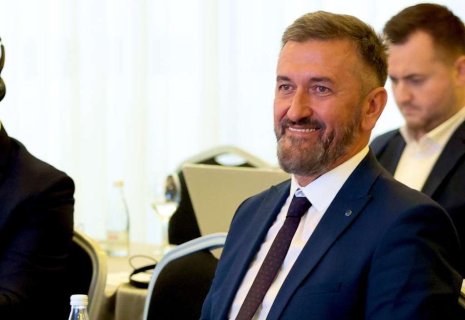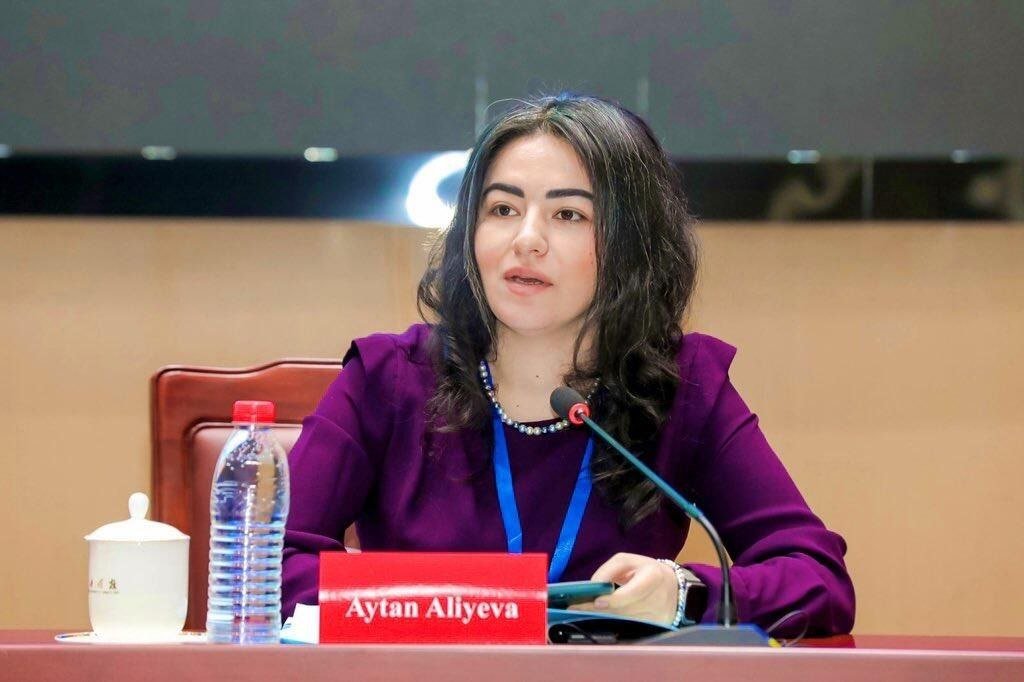
Opinion: Europe’s strategic transformation after Russia-Ukraine war
By Aytan Aliyeva
Strategic analysis: from dependency to crisis
The Russian invasion of Ukraine in 2022 revealed Europe’s significant reliance on Russian fossil fuels, leading to the most severe energy crisis in decades. Prior to the war, Russia supplied 44% of the EU’s imported natural gas and 28% of its petroleum, a dependency which offered short-term cost advantages but created strategic vulnerability. Central and Eastern European countries, particularly Germany, Austria and Hungary, heavily relied on Russian pipeline gas via the Nord Stream and Brotherhood routes.
When Moscow reduced deliveries by almost 80 billion cubic metres, energy became a tool of geopolitical leverage. The collapse of Russian pipeline supplies triggered a continent-wide scramble for alternatives while gas prices reached record highs. As gas-fired power stations determine the marginal electricity price in most EU markets, power costs surged across the bloc, fuelling inflation and endangering industrial output in energy-intensive sectors such as steel, chemicals, and fertilisers.
Governments intervened with substantial subsidies, price caps, and emergency support packages to prevent social unrest. However, these national measures often conflicted with one another, highlighting the EU’s limited capacity for coordination. Despite the turbulence, the crisis marked a turning point: Europe began restructuring its energy architecture, expanding renewables and embedding resilience into long-term policy frameworks.
Emergency diversification: securing energy flows
Europe's immediate response was to establish a new physical and institutional safety mechanism. Germany and the Netherlands commissioned floating LNG terminals in Wilhelmshaven (2022) and Eemshaven, and Germany is planning to build three permanent onshore terminals at Stade, Brunsbüttel and Wilhelmshaven, which are expected to be completed by 2026–27. In order to stabilise supply, the EU adopted binding gas storage rules requiring member states to fill their reserves to at least 90% capacity before each winter. The EU also launched AggregateEU, a joint purchasing platform that coordinates demand and procurement.
New interconnections reduced dependence on a single route: the Baltic Pipe created a Norway - Poland corridor, while the expanded Greece - Bulgaria Interconnector (IGB) increased capacity from 3 to 5 bcm per year, and the Poland - Lithuania GIPL linked Southeastern and Baltic markets to LNG entry points and the Southern Gas Corridor (SGC). Meanwhile, Norway consolidated its position as Europe’s largest gas supplier, accounting for around 30 - 33% of EU imports in 2024. This was supported by new capacity from the Ormen Lange subsea compression project.
The 2024 Electricity Market Reform introduced institutional changes, including two-way Contracts for Difference (CfDs), which ensure stable returns for renewable and nuclear energy developers while protecting consumers from market volatility. The Net-Zero Industry Act (NZIA), adopted in 2024, set targets for Europe to produce 40% of its clean technology domestically and to develop 50 Mt/year of CO₂ storage capacity, alongside streamlined permitting and industrial support measures.
The green transition: Renewable, hydrogen and nuclear acceleration
The EU’s long-term transformation is based on three key initiatives: the REPowerEU plan (2022), the Green Deal Industrial Plan (2023) and the NZIA (2024). These initiatives are set to mobilise over €300 billion for clean energy and infrastructure. The EU Solar Strategy (2022) sets out to achieve 600 GW of installed solar capacity by 2030 (up from 265 GW in 2024), a goal supported by the Solar Rooftop Initiative. This initiative aims to ensure that all new public and commercial buildings have solar panels by 2026, with residential buildings to follow by 2029. In 2024 alone, Germany added 15 GW of new photovoltaic capacity, marking its strongest year on record.
In terms of wind energy, the European Wind Power Action Plan (2023) and the Wind Charter have reduced permitting barriers and enhanced auction stability, thereby accelerating offshore projects in the North Sea (e.g. Dogger Bank and Hollandse Kust) and the Baltic Sea. Offshore capacity is expected to reach 111 GW by 2030, up from 19 GW in 2022.
Europe has also identified green hydrogen as essential for decarbonising hard-to-electrify sectors such as heavy industry and aviation. The European Hydrogen Bank allocated €720 million to seven projects across Spain, Finland and the Netherlands in its first auction round, while additional support is provided through Important Projects of Common European Interest. Infrastructure projects such as H₂Med/BarMar (Spain–France - Germany) and the SoutH₂ Corridor (Italy – Austria - Germany) aim to deliver up to two million tonnes of hydrogen per year by 2030. Meanwhile, the Biomethane Industrial Partnership (BIP) aims to produce 35 billion cubic metres of renewable gas per year from agricultural residues and biowaste by 2030.
The Energy Efficiency Directive (2023) mandates a 11.7% reduction in energy consumption by 2030, alongside the annual renovation of 3% of public buildings and the deployment of an additional 10 million heat pumps by 2027. Furthermore, the Alternative Fuels Infrastructure Regulation (AFIR, 2024) aims to strengthen electrified transport networks by enforcing the installation of EV chargers every 60 km and hydrogen refuelling stations every 200 km along Europe's major transport corridors.
Nuclear power has regained political relevance as a stable, low-carbon addition to renewable energy sources. Belgium has extended the operation of the Doel 4 and Tihange 3 reactors by ten years under a contract for difference (CfD) model, while Sweden has introduced legislation for new coastal nuclear sites. France intends to build six new EPR2 reactors, thereby reinforcing Europe’s commitment to low-emission baseload power.
Global energy partnerships: expanding strategic horizons
The United States emerged as Europe's key LNG partner, supplying 45% of EU LNG imports in 2024, with capacity expected to rise as new Gulf Coast terminals start operation by 2029. In the Middle East, Qatar has signed 15-year LNG contracts with Germany, linked to the expansion of its North Field, which is due to begin deliveries via the Brunsbüttel and Wilhelmshaven terminals in 2026. The United Arab Emirates (UAE), through ADNOC, supplied the first LNG cargoes in 2022-23, and has concluded a three-year contract with SEFE, which will begin in 2025. The UAE is also pursuing early ammonia-to-hydrogen trade initiatives.
In Central Asia, Kazakhstan diversified its oil exports by expanding flows through the Baku -Tbilisi - Ceyhan (BTC) pipeline and considering the Baku - Supsa route, thereby reducing its dependence on Russia's Caspian Pipeline Consortium (CPC). Kazakhstan also supplies around 20% of the EU's uranium needs, making it crucial for nuclear fuel security. Plans for a Trans-Caspian gas pipeline from Turkmenistan are ongoing but face financing and environmental challenges.
Azerbaijan plays a pivotal role in Europe’s diversification strategy. Under the EU–Azerbaijan Memorandum of Understanding (2022), gas exports are set to double to 20 billion cubic metres per year (bcm/y) by 2027 via the Southern Gas Corridor (SGC), which links the Caspian to Europe via the South Caucasus Pipeline (SCP), the Trans-Anatolian Pipeline (TANAP) and the Trans-Adriatic Pipeline (TAP). In 2024, Azerbaijan exported 12.9 bcm to the EU, with future expansion dependent on the construction of additional compressor stations and upstream investment in Shah Deniz and Absheron. Furthermore, Azerbaijan is supporting Europe's renewable energy goals by contributing to the Black Sea Submarine Cable Project, a 1.3 GW HVDC link under the EU's Global Gateway Initiative that will connect the South Caucasus to Romania and the European energy grid.
Future prospects: Europe’s path to energy sovereignty
By 2030, Europe aims to have at least 45% renewable energy, 1 TW of combined wind and solar capacity, and a 55% reduction in emissions compared to 1990. Gas demand is projected to remain 20% below 2021 levels, and Russian fossil fuels will be almost fully phased out. Between 2030 and 2040, Europe has a vision for a deeply electrified economy, powered by AI-optimized grids, extensive cross-border interconnections, and dedicated hydrogen backbones supporting steel, ammonia, and aviation fuels.
The continent's supergrid, which will link North Sea wind, Alpine hydropower and Mediterranean solar, will improve energy stability. In addition, Small Modular Reactors (SMRs) and digital grid systems will enhance security and resilience. However, significant challenges persist: Europe still imports over 85% of critical raw materials such as lithium, cobalt, and rare earths, and financing needs exceed €500 billion annually. Furthermore, public opposition to new energy infrastructure remains strong.
Europe’s strategic goal is clear: to transform the current energy crisis into energy sovereignty by balancing security, cost-effectiveness, and sustainability. By the mid-2030s, the EU’s energy model will be characterized by renewable dominance, hydrogen integration, resilient infrastructure, and reduced exposure to geopolitical risks - a low-carbon, interconnected energy union built on lessons learned from dependency.
Key References:
European Commission (2022) REPowerEU Plan: Joint European Action for More Affordable, Secure and Sustainable Energy. Brussels: European Commission.
International Energy Agency (IEA) (2023) How Europe Responded to the Energy Crisis: Gas Markets, Renewables, and Efficiency. Paris: IEA.
Council of the European Union (Consilium) (2024) Electricity Market Design Reform and Energy Security Measures. Brussels: Consilium.
Centre for Economic Policy Research (CEPR) (2023) Europe’s Energy Shock: Market Adjustment and Policy Response. London: CEPR.
European Commission (2024) Net-Zero Industry Act and Green Deal Industrial Plan Implementation Report. Brussels: European Commission.
International Partnerships (2024) Global Gateway: Energy Connectivity and the Black Sea Power Cable Project. Brussels: European Commission.
Reuters (2024) Europe’s LNG Transition: Norway, Qatar, and the U.S. as Strategic Suppliers. London: Reuters.
Caspian Policy Center (2024) The Southern Gas Corridor and EU–Azerbaijan Energy Cooperation. Washington, DC: CPC.
WindEurope (2024) European Wind Power Action Plan and 2030 Targets. Brussels: WindEurope.
Journal of International Affairs (2024) Critical Raw Materials and Europe’s Clean-Energy Security. New York: Columbia University.

